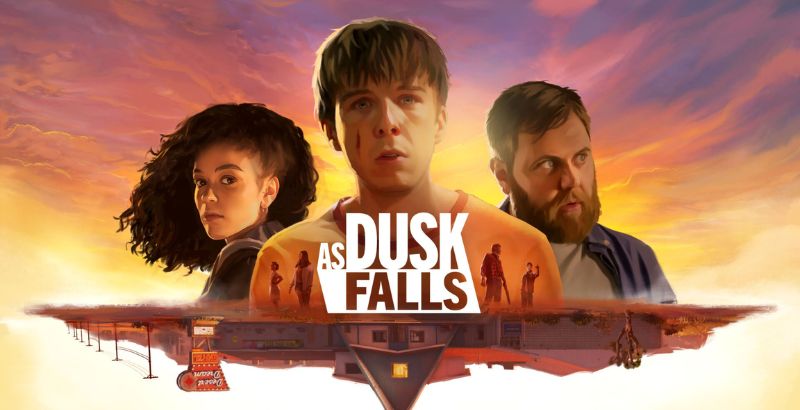Wartile is developed by PlayWood Project Aps and published by WhisperGames, Deck 13 and PlayWood Project Aps. In this digital board game, the player takes control of a small party of Vikings. They guide this party through gorgeous diorama looking, hex-based game boards as they fight enemies and complete objectives. Along with video games and writing, board games are one of my favorite hobbies. There is a personality and feel to a board game that sets it apart from its video game counterparts.
Though in recent times, the line between the two has become blurred. With board games integrating mobile apps, as well as making the leap wholesale into the digital space, the two have become more intertwined than ever. When I saw a video of Wartile’s boardgame-inspired visuals and gameplay, I immediately wanted to check it out. While it does combine some of the strengths of each game type, it fails to truly utilize them, falling short of something special.
The first thing that instantly jumps out at you is the visual aesthetic that immediately feels like the most elaborate game board and pieces. Every character is a figure on their own base, and the terrain looks like gorgeous dioramas. The gameplay surface is also covered in a hex grid that looks etched into the board, completing the excellent design.
The gameplay itself is where the video game side of Wartile shows itself. When two pieces come into contact with each other they immediately begin attacking and don’t stop until one moves away or dies. While this is going on, the player can access a special power one of their units posses. In addition, the player also has access to a hand of special ability cards they can cycle through during each mission.
While selecting an ability, or moving, the game slows down incredibly. This is to allow the player a chance to consider their tactical options without the game running away. Oddly enough, the closest gameplay equivalent I’ve seen would be in the upcoming Final Fantasy VII Remake. This approach smooths out the combat. By removing the need to spend turns repeatedly hitting the attack command, Wartile removes the more repetitive aspect of many turn-based games. Unfortunately, it doesn’t provide the player with much to do with their newfound free time.

Even though Wartile doesn’t adhere to a true turn-based formula, the combat doesn’t deliver any sort of thrill in itself as most real-time games do. Therefore, the true hook of the gameplay needs to rest on strategic depth. Whether it be from the various ways abilities can be utilized, or the uniqueness of the combat scenarios themselves, the player cannot feel like they are simply experiencing the same fight over and over. If they are not forced to puzzle out scenarios they are likely to become bored. This was my experience with Wartile.
By the fourth or fifth mission, I found myself settling into a gameplay rut. Even as I unlocked new characters and abilities, my actual strategy failed to change much. And it wasn’t because I didn’t give the new toys a try either. The shape of each fight just ended up the same the vast majority of the time. Well, unless the other team had archers, because fighting them sucks. The eventual monotony that set in became even more aggravated for me when I realized I would need to grind previous levels to advance the main story. Now, not only were the battles feeling startlingly similar, I’d be playing them on the same maps I’d already played on before. Furthermore, I could see no reason for it to be there other than to artificially lengthen the game.
The last area of Wartile is its story. While the narrative provides passable reasons for the battles to come, the story as a whole is a generic ordeal of Vikings, monsters, and rival clans. A single voice narrates the parts of the brief text interludes that are lent voice work. I think it could’ve really helped the game out if they had done a more personal tale to get the player invested. While the combat doesn’t carry the experience on its own, if the story had been more engaging, it certainly wouldn’t have held me back from seeing it through. But with the story being no more compelling than the gameplay, by the end, I was playing just to finish.
The only players I could realistically recommend Wartile to, would be new players to the strategy genre. While its options felt too simplistic, I can see where a new player could find them a nice fit. Barring that, though, there are better options out there.
In the end, Wartile fails to live up to its potential. A board game-style strategy experience centered around Vikings and utilizing a video game interface could’ve been something exceptional. Instead, it flounders in stale gameplay and a forgettable story, leaving only its lovely visuals to lean on and those just aren’t enough.
Wartile is available now on PC, Xbox One, and PlayStation 4.
Wartile
-
Rating - 5.5/105.5/10
TL;DR
Wartile flounders in stale gameplay, and a forgettable story. Leaving only it’s lovely visuals to lean on. And those just aren’t enough.







